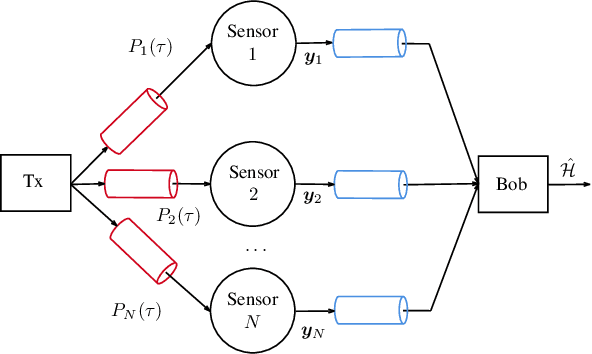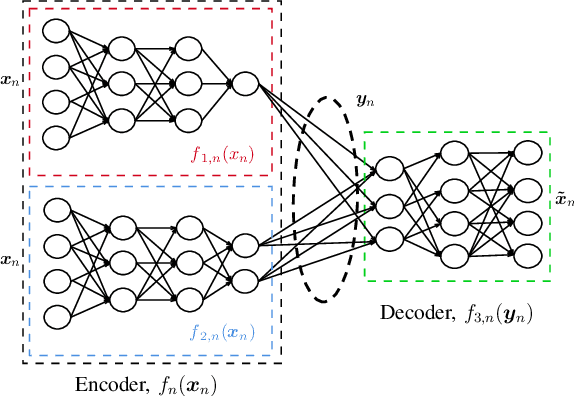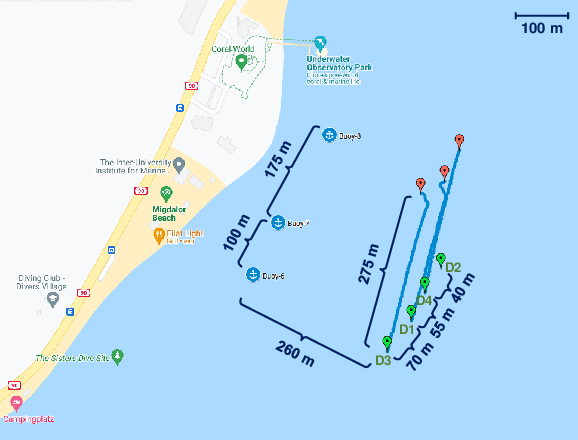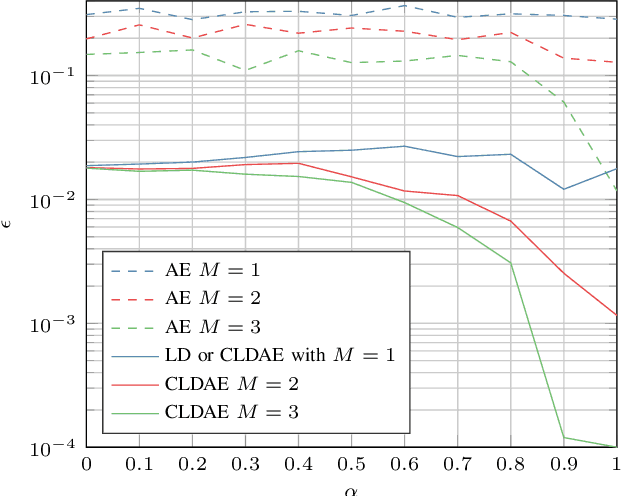Machine Learning-Based Distributed Authentication of UWAN Nodes with Limited Shared Information
Paper and Code
Aug 19, 2022



We propose a technique to authenticate received packets in underwater acoustic networks based on the physical layer features of the underwater acoustic channel (UWAC). Several sensors a) locally estimate features (e.g., the number of taps or the delay spread) of the UWAC over which the packet is received, b) obtain a compressed feature representation through a neural network (NN), and c) transmit their representations to a central sink node that, using a NN, decides whether the packet has been transmitted by the legitimate node or by an impersonating attacker. Although the purpose of the system is to make a binary decision as to whether a packet is authentic or not, we show the importance of having a rich set of compressed features, while still taking into account transmission rate limits among the nodes. We consider both global training, where all NNs are trained together, and local training, where each NN is trained individually. For the latter scenario, several alternatives for the NN structure and loss function were used for training.
 Add to Chrome
Add to Chrome Add to Firefox
Add to Firefox Add to Edge
Add to Edge